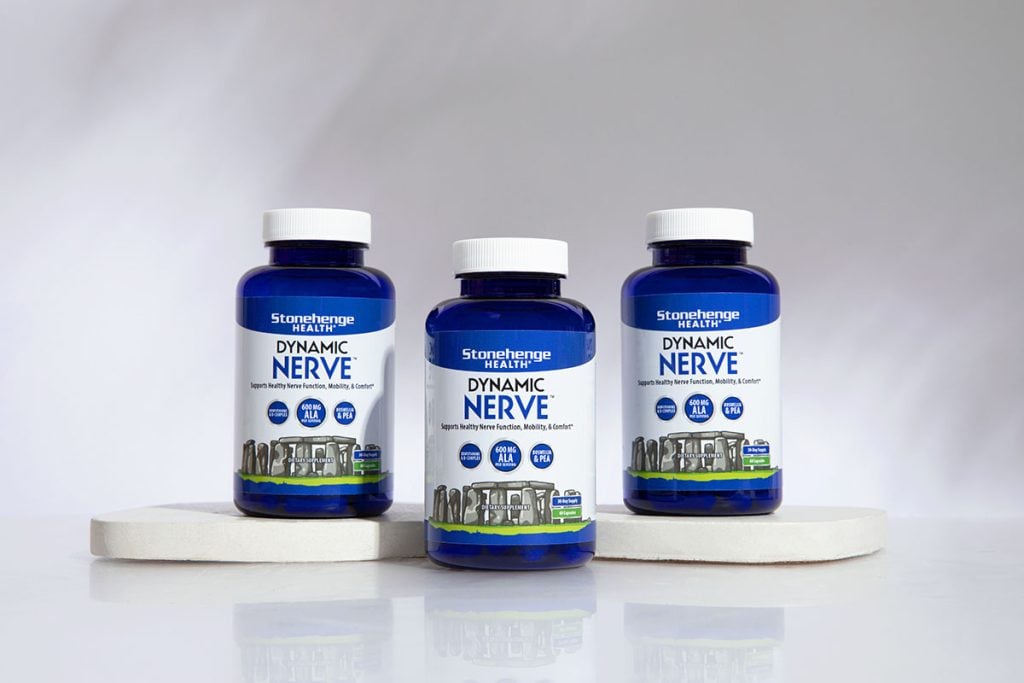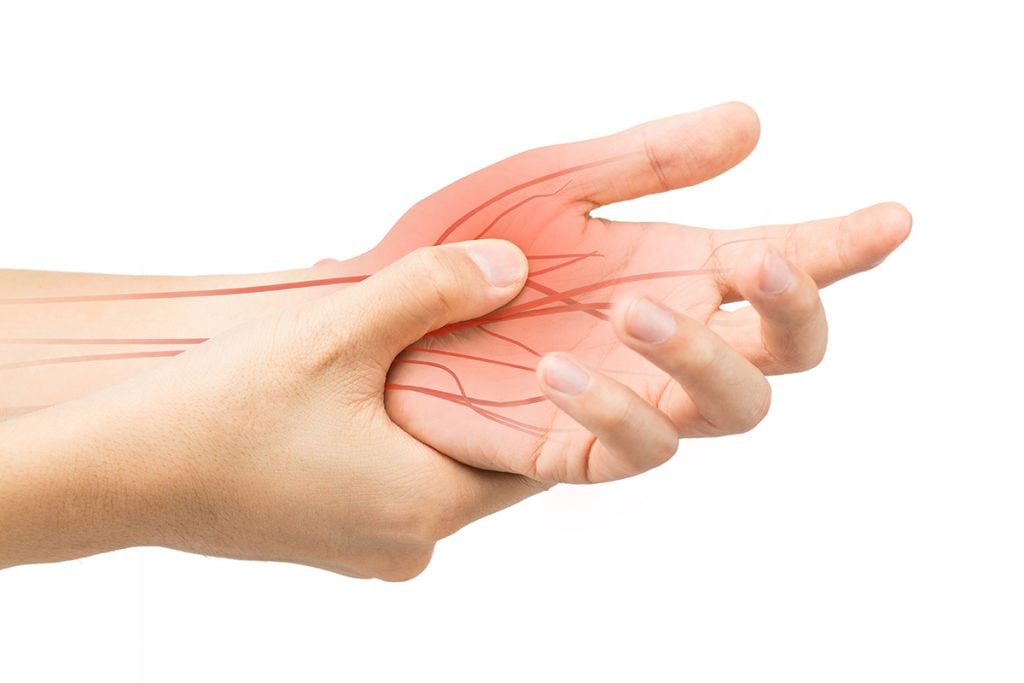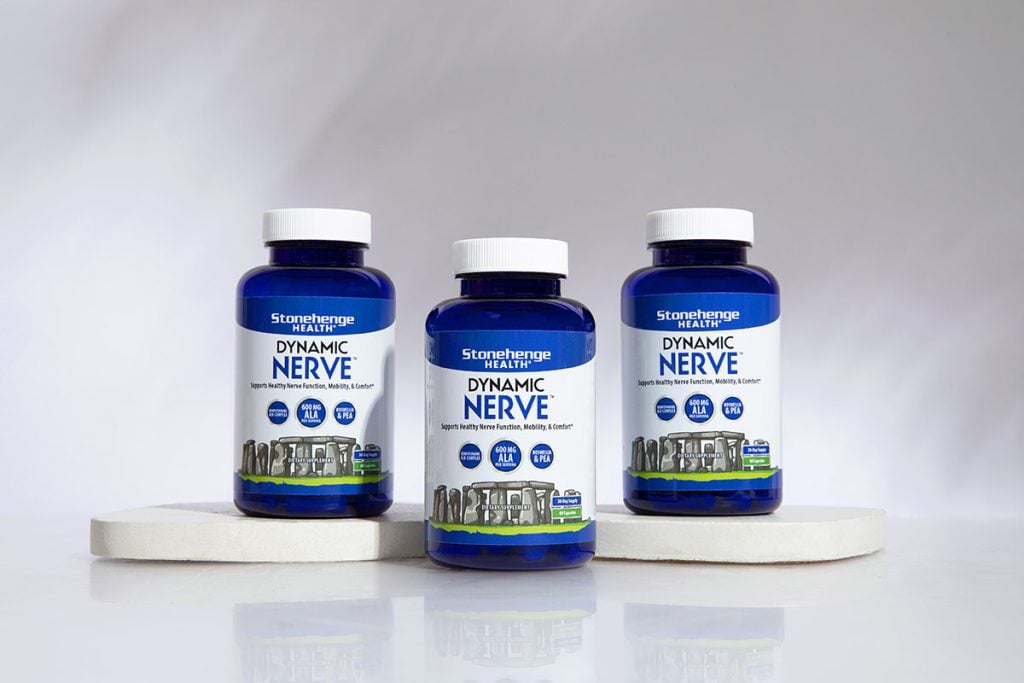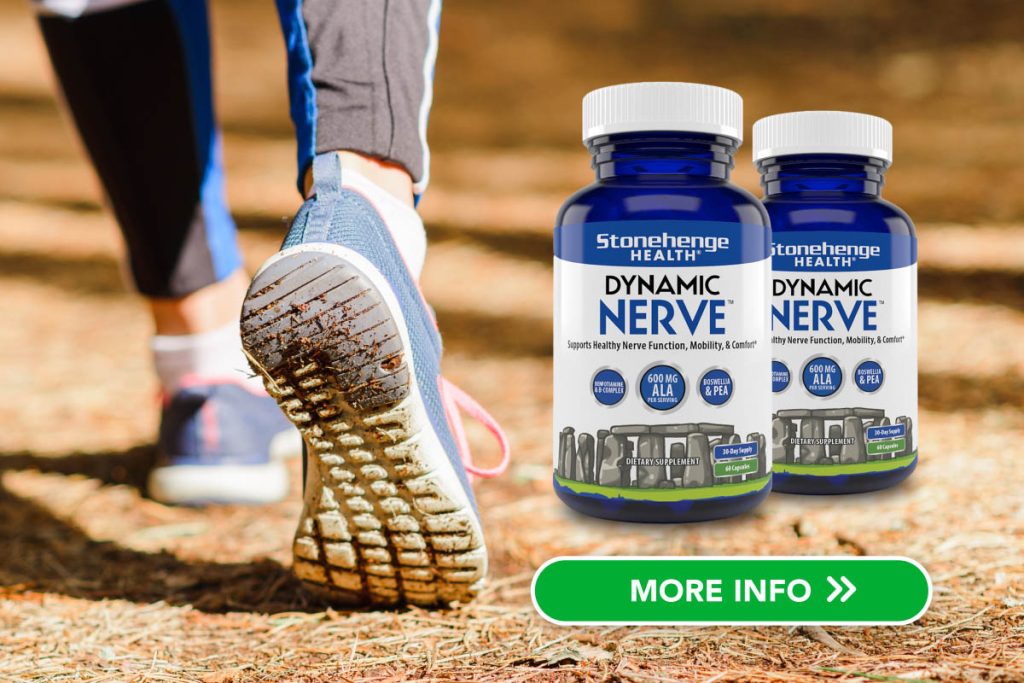
Summer days are here, and with them, warmer temperatures.
I don’t know about you, but I don’t always wake up with the best appetite. This is especially true in summer due to the warmer weather.
On days I’m not feeling a big appetite, I love to whip up a smoothie to help start my day off on the right foot.
There’s something about the refreshing coolness and the pop of fresh fruits that just puts a bounce in my step.
I’ve been playing around with some different smoothie recipes, and this one is my absolute favorite.
I call it the “Sunrise Smoothie” because it provides a boost of energy for my mornings.
Here are the ingredients and steps to make it yourself.
Pssst—do you notice anything about the ingredients…? I’ll reveal their secret below, but see if you can guess first.
Sunrise Smoothie Recipe
Ingredients:
• 1 cup frozen blueberries – Rich in antioxidants.
• 1 banana – Offers natural sweetness and potassium.
• 1/2 cup spinach – High in magnesium and vitamin E.
• 1 small carrot, chopped – Adds beta-carotene and vitamins.
• 1 tablespoon ground flaxseeds – Provides omega-3 fatty acids.
• 1/2 teaspoon fresh ginger, grated – Supports digestion.
• 1/2 cup plain Greek yogurt – Adds creaminess and protein.
• 1 tablespoon almond butter – A good source of vitamin E and magnesium.
• 1/2 cup almond milk or orange juice – Use almond milk for a creamier texture or orange juice for added vitamin C.
• Ice cubes – Depending on your desired thickness.
• Optional: Honey or agave syrup – To taste, if additional sweetness is needed.
Instructions:
1. Prepare ingredients: Ensure all fruits and vegetables are thoroughly washed and prepared.
2. Blend the smoothie: Place the blueberries, banana, spinach, carrot, and flaxseeds into a blender. Add the grated ginger, Greek yogurt, and almond butter. Pour in the almond milk or orange juice and add a handful of ice cubes.
3. Process until smooth: Blend on high until all ingredients are fully combined, and the smoothie is creamy. If the mixture is too thick, add a bit more almond milk or orange juice.
4. Taste and adjust: Sample the smoothie and adjust the sweetness with honey or agave syrup, if desired.
Serve and enjoy: Pour the smoothie into glasses, optionally garnish with a few blueberries or a sprinkle of turmeric on top, and enjoy a nutrient-packed start to your day.
Nutritional Info:
Serving Size: 1 / Calories: 350-400 / Fat: 15g / Protein: 15g / Carbohydrates: 45g / Sugar: 20g / Fiber: 10g
So there you have it: a powerful (and delicious) way to start your day.
Did you figure out the secret that’s contained in the list of ingredients?
It’s OK if you didn’t; it was a tricky one…
Many of the ingredients in the Sunrise Smoothie recipe are beneficial for your nerve health.
For example:
Foods high in antioxidants can help protect nerves by reducing oxidative stress. Blueberries, leafy greens, nuts, and seeds are excellent sources.
Magnesium helps regulate nerve function and is found in foods such as almonds, spinach, and certain types of seeds.
Omega-3 fatty acids—which can be found in flaxseed—are vital for the maintenance of nerve cell membranes.

For Your Nerve Health

It’s generally not something most people think about every day, but it’s important to take action to protect your nerve health.
Because although it’s a normal part of the aging process, nerve discomfort caused by cellular degeneration is no fun. I hear stories from our Stonehenge Health community all the time describing their issues with nerve discomfort:
Feeling tingling sensations or as if pins and needles are pricking the skin, typically in the hands or feet…
Noticing a loss of sensation or numbness, particularly in the extremities, which can be hazardous as it may affect the ability to detect pain or temperature changes…
Experiencing sharp, burning, or throbbing discomfort that can occur suddenly and severely or persist as a chronic condition…
Getting essential nutrients to support your nerves is important, but it’s a challenge.
If you’re trying to get all the necessary vitamins and nutrients you need to support nerve health from your food, it’s going to be an uphill battle…
Researching different food sources, planning meals, and calculating specific serving sizes to get a sufficient amount of nutrients to support your nervous system just isn’t realistic.
This is where Dynamic Nerve can help.
With Dynamic Nerve, everything you need to support healthy nerve function is contained in a bottle. Take three capsules with a glass of water daily, and you’ll give your body everything it needs to support your nerves.*
Thousands trust our scientifically formulated supplement to reduce nerve pain, boost nerve health, and enhance energy.*
Packed with B vitamins and Alpha-lipoic acid, it’s designed to strengthen nerves and improve function.*

















